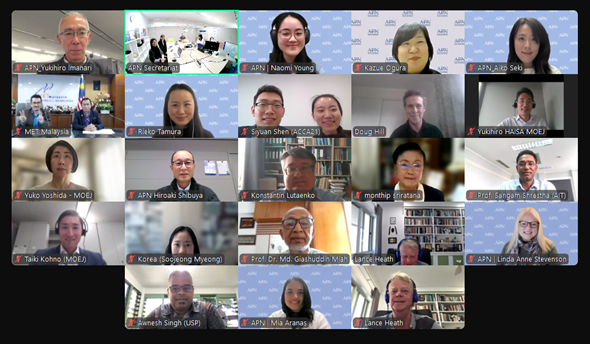The scientific literature has documented the growing risks of flooding posed for Asia’s coastal cities by the combination of climate change, as reflected in sea level rise and intensified storms and storm surges, and ongoing urban growth in low-lying coastal zones. These issues were already elaborated in the 2007 IPCC (IPCC, 2007) reports but recent studies indicate that climate change, sea level rise and the sinking of the deltas on which most Asian mega urban regions have arisen, are all occurring at much faster rates than earlier projected and therefore pose even greater risks than previously indicated. Global warming appears to be accelerating and may increase to 4° C or more by the end of this century, twice the earlier IPCC projections. The sea level is now expected to rise by one meter or more by 2100; two or three times the earlier projections. The recent typhoons and rains striking Southeast Asia have been the most intense in decades as would be expected as a result of global warming. At the same time, Asia’s urban population is increasing at the rate of 140,000 per day, with much of this growth occurring in low-lying coastal regions and on deltas characterized by land subsidence that is further contributing to flooding risks. While these risks and vulnerabilities have been increasingly detailed in the scientific literature, recognition and effective responses on the part of the urban planning and policy community have been slow to develop. Barriers to adaptation, policy formation and response are reviewed and possible steps forward are outlined.
Peer-reviewed publication

